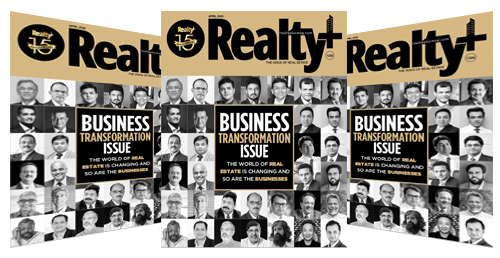With a growing environmental awareness, the traditional preference for new construction is being increasingly questioned due to its significant environmental costs, resource depletion, and urban sprawl. In this context, adaptive reuse emerges as a compelling solution, emphasising the value of repurposing existing structures to meet contemporary needs while minimising environmental impact. Carl Elefante, former president of the American Institute of Architects aptly captures this idea by asserting, “the greenest building is the one that already exists,” encapsulating the essence of adaptive reuse.
Adaptive reuse presents an effective alternative to address the issues associated with new construction and mitigate environmental impact. This approach involves revamping or repurposing existing structures to serve new, often contemporary purposes. For instance, transforming a traditional haveli into a modern office space or converting a historic royal palace into a luxury hotel exemplifies how adaptive reuse can breathe new life into old buildings. The process requires a nuanced understanding and sensitivity towards the original structure’s design, historical significance, and former functions.
Building new structures consumes vast amounts of raw materials and energy, contributing to high levels of pollution and waste. Additionally, new construction often leads to urban sprawl, encroaching upon agricultural lands and natural habitats. This expansion disrupts ecosystems and exacerbates the loss of valuable farmland and green spaces. Despite the availability of numerous structurally sound, unused buildings, there is often a preference and an incentive for new construction, overlooking the potential of existing structures that could serve as functional spaces with minimal additional environmental impact.
In response, adaptive reuse offers a sustainable solution by reducing the need for new materials, and lowering carbon emissions. In addition to its environmental benefits, adaptive reuse plays a critical role in heritage preservation, safeguarding the architectural identity of communities and maintaining their historical continuity. Economically, it is often more cost-effective than new construction, attracting tourism, stimulating local economies, and appealing to the growing market preference for properties with unique historical significance.
Despite its advantages, adaptive reuse presents several challenges. One major difficulty is integrating modern amenities and safety standards while preserving the historical integrity of the building. Balancing these needs requires careful planning and innovative solutions. Regulatory and compliance issues also pose obstacles. Heritage conservation laws and building codes can complicate adaptive reuse projects, making it essential to navigate these regulations carefully. Additionally, sourcing appropriate materials and ensuring the structural stability of old buildings can be complex tasks that require specialised knowledge and expertise.
Our transformation of Jaipur's Taj Sawai Man Mahal from staff quarters to a convention centre and now a modern luxury hotel, showcases the remarkable potential of adaptive reuse. Our main challenge revolved around striking a balance between modernisation and preservation. It was essential to ensure that the new elements harmonised with the existing ones while meeting contemporary standards of comfort and safety for the guests. The hotel’s design demonstrates how historical buildings can be adapted to contemporary uses without losing their cultural significance by preserving the original structures, motifs, designs, and decades-old trees. Sawai Man Mahal also embraces sustainable practices by implementing effective operations and employing local, eco-friendly materials to improve energy efficiency.
The benefits of adaptive reuse extend beyond environmental and economic advantages. Raising public awareness of its value and engaging communities in preserving their built heritage are crucial steps in ensuring the longevity and relevance of the architectural legacy. As we look forward, it is essential for architects, policymakers, and the public to recognise the importance of adaptive reuse as a central strategy in urban development and architectural practice.
This approach not only provides a sustainable solution to the challenges associated with new construction but also offers a way to preserve and celebrate the architectural heritage. By embracing adaptive reuse, we honour our history while adapting it to contemporary needs, ensuring that our cities retain their significance and relevance for future generations. In essence, adaptive reuse is not merely about conserving the past but about shaping a more sustainable and culturally enriched future where history and modernity coexist harmoniously.












